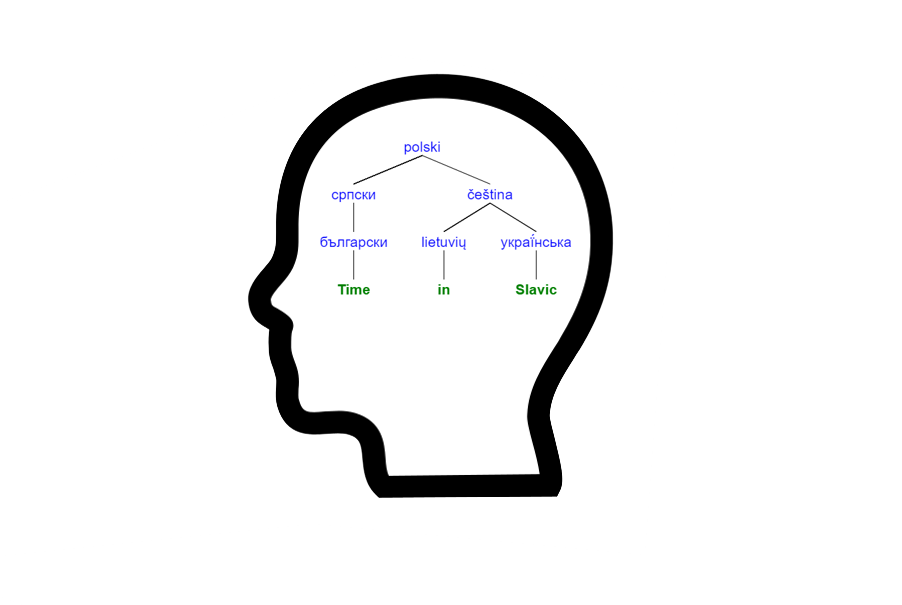
Project Desciption
BASTA – BALTIC AND SLAVIC TENSE AND ASPECT
Project title: From a multilingual parallel corpus to the micro-typology of the PERFECT in Baltic and Slavic
The project is funded by the Polish National Science Center as part of the SONATA BIS-11 Project (2021/42/E/HS2/00143)
GOAL: The overarching goal of this project is to look for semantic universals and parameters of variation in tense/aspect grammars of Baltic and Slavic languages. To this goal we will use an innovative methodology dubbed Translation Mining in collaboration with our partners from Utrecht University to systematize this variation in Baltic and Slavic languages by comparing the original version of a selected novel and its translations to Russian, Ukrainian, Belarussian, Polish, Czech, Slovak, Serbian, Slovene, Macedonian, Bulgarian, Lithuanian and Latvian. Based on the quantitative research, we will develop the descriptive statistics of tense and aspect use in the investigated languages and we will visualize it using the computational technique called Multidimensional Scaling, which generates temporal maps of hundreds of datapoints connected with the underlying contexts of use of the investigated constructions in individual languages. This method has been successfully applied by Van der Klis, de Swart and Le Bruyn in their research on the competition between perfect and past tenses in English, German, Dutch, French, Spanish, Italian and Greek. They show that the competition between PERFECT and PAST is not a dichotomy but rather it is scalar in nature and forms an implicational hierarchy.
Our first specific goal is to extend this research on the PERFECT to the Balto-Slavic language group constituting the second largest language family in Europe deserves its place in this dynamically developing research trend. Moreover, Baltic languages have preserved numerous properties of their ancestor Proto-Indo-European and they constitute a window to the genesis of the Indo-European language family.
Our second goal is to use the Translation Mining and Multidimensional Scaling methodology to verify Dickey’s micro-typology of Slavic grammatical aspect. On the basis of the differences in the distribution of perfective and imperfective aspect, he proposes a division of the Slavic languages into a western group consisting of Czech, Slovak, Sorbian, Slovene and an eastern group consisting of Russian, Ukrainian, Belarusian, Bulgarian, with Bosnian, Croatian, Serbian (BCS), Polish belonging to transitional zones with Polish being an tending towards the eastern group and BCS patterning closer to the western group and Bulgarian displaying some deviations from the eastern group. Dickey’s research sets important trends but many of his generalizations are uncertain since based on random data. His theory deserves to be verified by more coherent, bigger set of data and replicable procedures. This is where we would like to step in with our new methodology which will allow us to verify and extend this theory by testing the choice of aspectual forms of verbs in the translations of the perfect from the English original texts to individual Slavic and Baltic languages (the latter were not included in Dickey’s micro-typology of aspect).
